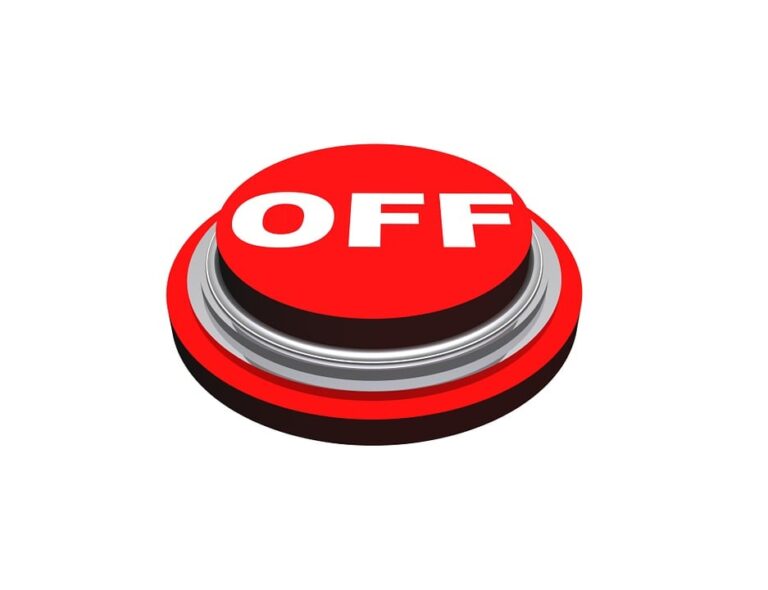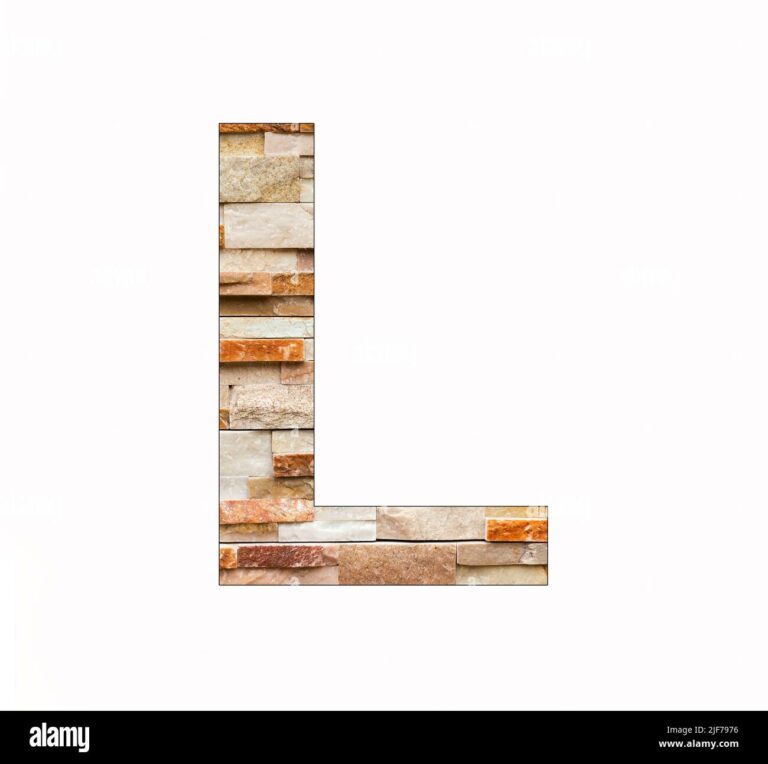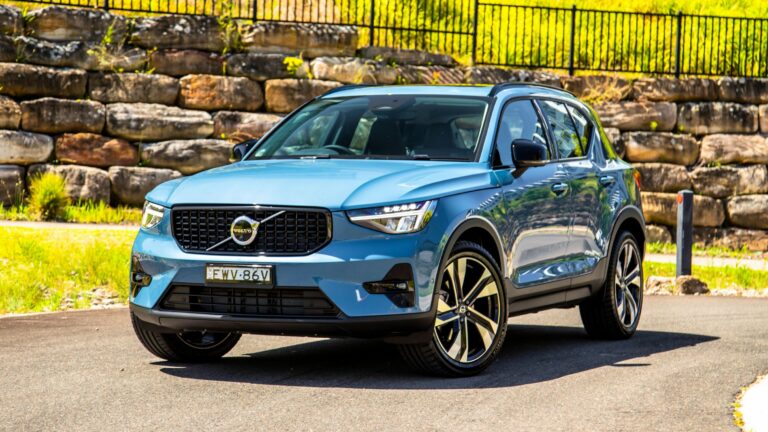Best Car Brake Pad Brands: Your Ultimate Guide to Stopping Power
Best Car Brake Pad Brands: Your Ultimate Guide to Stopping Power cars.truckstrend.com
The humble brake pad is arguably one of the most critical components in your vehicle. It’s the unsung hero responsible for translating the force of your foot on the pedal into the precise, controlled friction needed to bring thousands of pounds of metal to a safe halt. Choosing the right brake pads isn’t just about performance; it’s fundamentally about safety – for you, your passengers, and everyone else on the road. With a bewildering array of brands and types available, understanding the "Best Car Brake Pad Brands" becomes essential for making an informed decision that balances safety, performance, durability, and cost.
This comprehensive guide will delve into the world of brake pads, helping you navigate the options, understand what makes a brand stand out, and ultimately select the perfect stopping solution for your vehicle and driving style.
Best Car Brake Pad Brands: Your Ultimate Guide to Stopping Power
Understanding Brake Pad Types: The Foundation of Performance
Before we explore specific brands, it’s crucial to understand the primary types of brake pad materials. Each offers a unique balance of performance characteristics:
-
Ceramic Brake Pads:
- Composition: Made from ceramic fibers, filler materials, bonding agents, and sometimes small amounts of copper.
- Pros: Extremely quiet operation, very low dust (light-colored, less noticeable), excellent stopping power in various temperatures, long lifespan, gentle on rotors.
- Cons: Can be more expensive, may not perform as well in extreme cold, sometimes offer slightly less initial "bite" than semi-metallics.
- Ideal Use: Daily drivers, luxury vehicles, those prioritizing quietness and clean wheels.
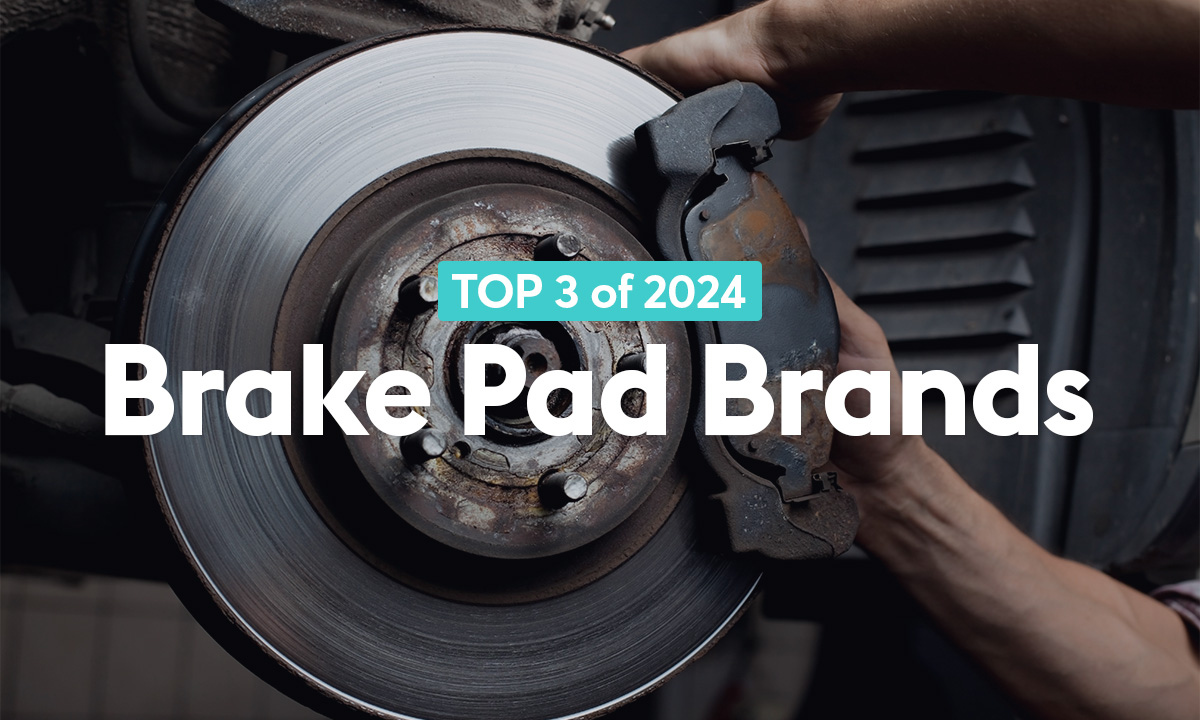
-
Semi-Metallic Brake Pads:
- Composition: Composed of 30-70% metals (copper, iron, steel, brass) by weight, mixed with organic and inorganic fillers, and a graphite lubricant.
- Pros: Excellent stopping power and "bite" across a wide range of temperatures, good heat dissipation, generally more affordable than ceramic.
- Cons: Can be noisier (squealing), produce more dark dust, may wear rotors faster due to their abrasive nature.
- Ideal Use: Performance vehicles, heavy-duty trucks, aggressive drivers, or those needing robust stopping power and fade resistance.
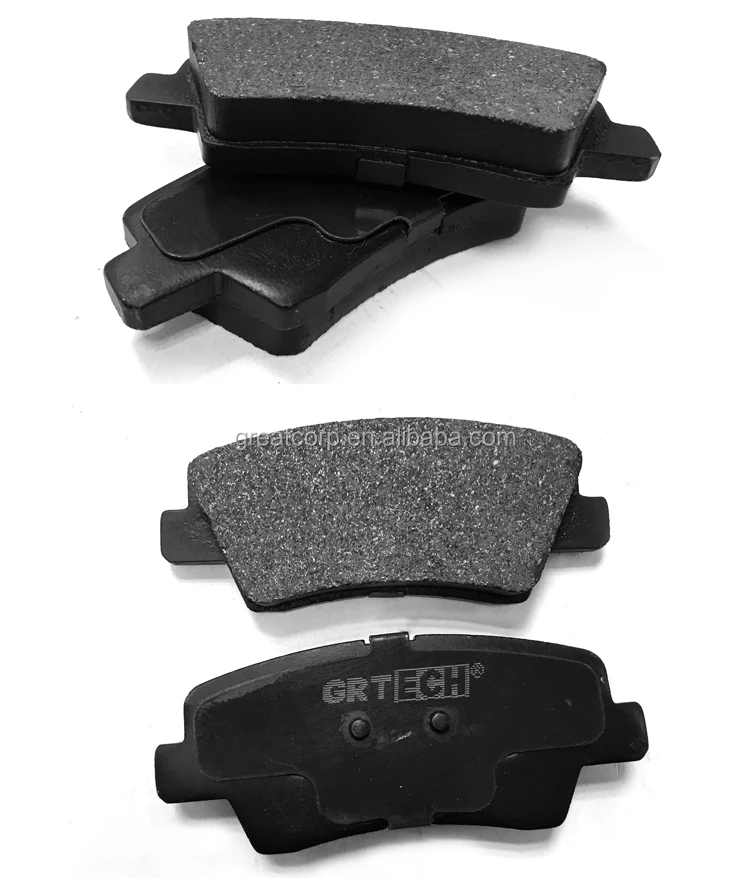
-
Organic (Non-Asbestos Organic – NAO) Brake Pads:
- Composition: Made from non-asbestos materials like glass, rubber, carbon, and Kevlar, bound together with resins.
- Pros: Very quiet, produce less dust, gentler on rotors, generally the most affordable.
- Cons: Less durable, shorter lifespan, lower friction coefficient, prone to fading under high heat or heavy braking.
- Ideal Use: Older vehicles, very light daily driving, or budget-conscious consumers where performance demands are low. Less common in modern vehicles.
-
Low-Metallic NAO Brake Pads:
- Composition: A blend of organic materials with a small percentage of metallic fibers (typically copper or steel wool).
- Pros: Improved braking performance over pure organic pads, better heat dissipation, still relatively quiet and rotor-friendly compared to semi-metallics.
- Cons: Can still generate a fair amount of dust and might be noisier than ceramic pads.
- Ideal Use: A good compromise for general driving, offering a step up from basic organic pads without the full aggressiveness of semi-metallics.

Key Factors to Consider When Choosing Brake Pads
Selecting the best brake pads isn’t a one-size-fits-all scenario. Your choice should be tailored to your specific needs:
- Vehicle Type: A compact sedan has different braking demands than a heavy-duty pickup truck or a high-performance sports car.
- Driving Style: Are you a gentle commuter, an aggressive driver, or do you frequently tow heavy loads? Your habits dictate the required fade resistance and durability.
- Budget: While safety shouldn’t be compromised, brake pads come in a wide price range. Balance cost with desired performance and longevity.
- Noise and Dust Preference: Some drivers prioritize quiet operation and clean wheels, while others are willing to tolerate more noise and dust for superior performance.
- Rotor Compatibility: Ensure the chosen pads are compatible with your existing or new rotors. Some high-performance pads require specific rotor materials or designs.
- Climate: Extreme cold or hot climates can influence brake pad performance.
Top Car Brake Pad Brands: A Deep Dive
Here’s a look at some of the most reputable and highly-regarded brake pad brands on the market, known for their quality, innovation, and performance:
-
Akebono:
- Reputation: Often considered the gold standard for quiet, low-dust ceramic pads. Many Asian and European car manufacturers use Akebono as original equipment (OE).
- Strengths: Exceptional quietness, minimal dust, long rotor life, consistent performance, excellent for daily driving and luxury vehicles.
- Popular Series: ProACT (ceramic for everyday driving), EURO (ceramic for European vehicles).
-
Brembo:
- Reputation: Synonymous with high-performance braking. While famous for calipers and rotors, their brake pads are also top-tier, used in motorsports and high-end street vehicles.
- Strengths: Superior stopping power, excellent fade resistance, durable, often offered in various compounds (ceramic, semi-metallic) to suit different needs.
- Popular Series: Brembo NAO (OE equivalent), Brembo Ceramic, Brembo Sport (performance).
-
Power Stop:
- Reputation: Known for their comprehensive brake kits (pads and rotors) designed for specific applications, from daily drivers to heavy-duty trucks.
- Strengths: Excellent value, often include drilled and slotted rotors for improved cooling, wide range of applications (performance, tow/haul, daily driver), good initial bite.
- Popular Series: Z23 Evolution Sport (daily driver/performance), Z36 Truck & Tow (heavy-duty), Z26 Street Warrior (high performance).
-
EBC Brakes:
- Reputation: A British manufacturer specializing in performance brake pads and rotors for various vehicles, from street cars to race cars.
- Strengths: Wide range of compounds tailored for specific uses, excellent fade resistance, good initial bite, often praised for progressive braking feel.
- Popular Series: Greenstuff (sport/street), Redstuff (low dust/performance), Yellowstuff (track/street), Bluestuff (race).
-
Wagner:
- Reputation: A long-standing American brand known for its OE-quality replacement parts. Wagner offers reliable, quiet, and durable pads for everyday vehicles.
- Strengths: Quiet operation, long lifespan, good for general driving, widely available, often an affordable OE replacement option.
- Popular Series: ThermoQuiet (ceramic for quietness), QuickStop (OE replacement).
-
Hawk Performance:
- Reputation: A go-to brand for enthusiasts and racers seeking aggressive, high-performance brake pads.
- Strengths: Exceptional stopping power, high fade resistance, great for track days and spirited driving.
- Cons: Can be noisy and dusty, especially their more aggressive compounds.
- Popular Series: HPS (High Performance Street), HP Plus (autocross/light track), DTC (race only).
-
Raybestos:
- Reputation: A heritage brand in the automotive industry, offering a full line of braking components, from economy to professional grade.
- Strengths: Wide product range, reliable OE replacement quality, good value, available for almost any vehicle.
- Popular Series: Element3 (hybrid ceramic/semi-metallic), Professional Grade (OE replacement).
-
Centric Parts (StopTech):
- Reputation: Centric is a major supplier of OE and aftermarket brake components, with StopTech being their high-performance division.
- Strengths: Comprehensive product line from economy to high-performance, good quality control, StopTech offers excellent street and track performance.
- Popular Series: Posi Quiet (OE replacement), StopTech Street Performance (enhanced street performance).
Practical Advice: Choosing & Maintaining Your Brake Pads
- Identify Your Needs: Be honest about your driving habits and vehicle’s requirements. Don’t overspend on race pads if you only commute, but don’t under-spec for heavy towing.
- Read Reviews: Look for reviews specific to your vehicle make and model, as pad performance can vary.
- Consider Kits: Many brands (like Power Stop) offer complete pad and rotor kits, ensuring compatibility and often providing better value.
- Professional Installation: While DIY is possible, brake system work is critical. Professional installation ensures proper fitment, bedding, and safety checks.
- Brake Pad Bedding (Break-in): New pads require a proper bedding procedure to transfer a thin layer of friction material to the rotors, optimizing performance and reducing noise. Follow the manufacturer’s specific instructions. This typically involves a series of moderate and firm stops from varying speeds, allowing the brakes to cool between cycles.
- Regular Inspection: Have your brake pads inspected during routine maintenance. Listen for squealing, grinding, or a soft pedal, which are signs of wear.
- Rotor Condition: Always assess your rotors when replacing pads. If they are grooved, warped, or too thin, they should be resurfaced or replaced to ensure optimal pad performance and longevity.
Common Challenges & Solutions
- Noise (Squealing/Grinding):
- Cause: Improper bedding, cheap pads, worn pads (grinding means metal-on-metal), or vibration.
- Solution: Re-bed pads, use anti-squeal shims/lube, replace worn pads, check rotors.
- Excessive Dust:
- Cause: Aggressive, high-friction pad materials (common with semi-metallics or performance pads).
- Solution: Switch to ceramic pads, clean wheels regularly.
- Premature Wear:
- Cause: Aggressive driving, towing, poor quality pads, seized caliper, warped rotors.
- Solution: Adjust driving style, choose higher-quality pads, inspect calipers and rotors.
- Brake Fade:
- Cause: Overheating of pads and rotors, leading to a loss of friction. Common in heavy braking or performance driving.
- Solution: Upgrade to pads with higher temperature ratings (e.g., performance semi-metallic or specific ceramic compounds), consider drilled/slotted rotors for better cooling.
Brake Pad Brands: Estimated Price Table
Prices are highly variable based on vehicle type, specific pad series, retailer, and regional factors. The table below provides estimated price ranges per axle set (front or rear) for common passenger vehicles.
| Brand | Series/Model | Material Type | Key Features/Ideal Use | Estimated Price Range (Per Axle Set, USD) |
|---|---|---|---|---|
| Akebono | ProACT, EURO | Ceramic | Ultra-quiet, low dust, long rotor life, daily driving | $45 – $90 |
| Brembo | NAO, Ceramic, Sport | Ceramic, Semi-Metallic | OE replacement, performance street, high quality | $50 – $150 |
| Power Stop | Z23 Evolution, Z36 Truck/Tow | Carbon-Fiber Ceramic | Performance, tow/haul, low dust, good value kits | $60 – $120 (pads only) |
| EBC Brakes | Greenstuff, Redstuff | Ceramic, Aramid Fiber | Sport street, low dust performance, spirited driving | $80 – $180 |
| Wagner | ThermoQuiet, QuickStop | Ceramic, Semi-Metallic | Quiet, reliable OE replacement, general driving | $35 – $75 |
| Hawk Perf. | HPS, HP Plus | Ferro-Carbon, Ceramic | High-performance street, autocross, track capable | $90 – $250 |
| Raybestos | Element3, Professional | Hybrid, Semi-Metallic | Good all-around performance, OE replacement, value | $30 – $70 |
| Centric/StopTech | Posi Quiet, Street Perf. | Ceramic, Semi-Metallic | OE replacement, enhanced street performance, reliable | $40 – $90 (Centric), $70 – $150 (StopTech) |
Note: Prices are estimates and subject to change. Always verify compatibility with your specific vehicle.
Frequently Asked Questions (FAQ)
Q1: How often should brake pads be replaced?
A1: It varies significantly based on driving style, vehicle, and pad material. Generally, front pads last 30,000-70,000 miles, and rear pads can last 40,000-80,000 miles. Always inspect them annually or at every tire rotation.
Q2: What are the signs of worn brake pads?
A2: Common signs include:
- Squealing or chirping noise (wear indicators)
- Grinding noise (metal-on-metal, very urgent)
- Vibration when braking
- A soft or spongy brake pedal
- Increased stopping distance
- Warning light on your dashboard (if equipped)
Q3: Can I mix and match brake pad brands/types on my vehicle?
A3: It is strongly recommended to use the same type of pad (e.g., ceramic on all four wheels) and ideally the same brand for consistent braking performance. Mixing different friction materials can lead to uneven braking, instability, and unpredictable stopping distances. Never mix different pad types on the same axle.
Q4: What is "brake pad bedding" or "break-in"?
A4: Bedding is a critical process for new brake pads. It involves a series of controlled stops that transfer a thin, even layer of friction material from the pad to the rotor surface. This optimizes braking performance, reduces noise, and prevents glazing of the pads, ensuring they last longer and perform as intended. Always follow the manufacturer’s specific bedding instructions.
Q5: Are more expensive brake pads always better?
A5: Not necessarily "better" for your specific needs. More expensive pads often offer higher performance characteristics like better fade resistance or initial bite, which might be overkill for a daily commuter. However, for performance vehicles or heavy-duty applications, the investment in higher-priced, specialized pads is crucial for safety and performance. The "best" pad is the one that best suits your vehicle, driving style, and budget.
Conclusion
Choosing the "Best Car Brake Pad Brands" is a critical decision that directly impacts your vehicle’s safety and performance. By understanding the different types of brake pads, considering your specific driving needs, and familiarizing yourself with reputable brands, you can make an informed choice. Remember that the right brake pads, coupled with proper installation and regular maintenance, will ensure reliable stopping power for miles to come. Don’t compromise on safety; invest in quality braking components that give you confidence and control on every journey.

